Japanese authorities have reported that at least 270 homes were destroyed in the recent earthquake in Ishikawa, while a similarly strong earthquake in Kashmir in 2005 collapsed over 30,000 buildings.
The scenes of buildings reduced to rubble were broadcast worldwide following the 7.6 magnitude earthquake that struck Ishikawa Prefecture on the western coast of Japan on January 2. The full extent of the damage is still unknown. Authorities have confirmed that at least 270 homes in the area were destroyed, but the final number could be much higher.
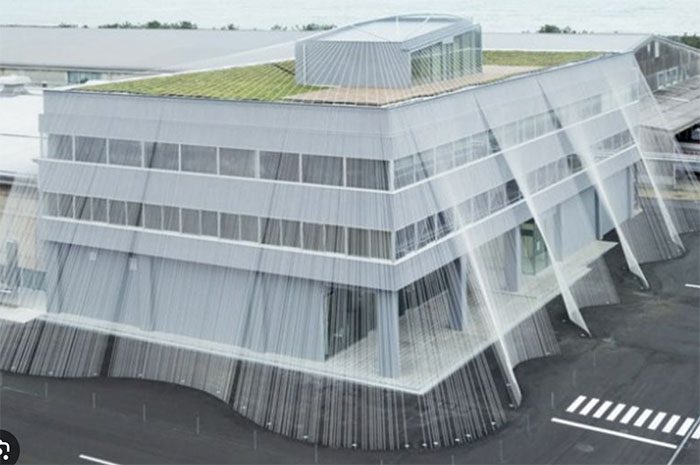
In 2016, architect Kengo Kuma designed an earthquake-safe headquarters for Komatsu Matere, surrounded by a “curtain” of carbon fiber. (Photo: Designboom).
Such reports highlight the damage many residents in the area are facing. However, in comparison, earthquakes of similar magnitudes elsewhere in the world often cause far greater destruction, such as the 7.6 magnitude quake that toppled over 30,000 buildings in Kashmir in 2005.
Meanwhile, Ishikawa may have emerged relatively unscathed from the earthquake, according to Robert Geller, an emeritus professor of seismology at the University of Tokyo.
“Modern buildings appear to perform very well,” Geller told CNN a day after the Ishikawa earthquake, noting that older homes “with clay tile roofs” seemed to be in the worst condition. “Most single-family homes, even if damaged, did not collapse completely.”
Flexibility Provides the Best Chance of Survival
There is a saying in Japan that, “Earthquakes do not kill people; buildings do.” In one of the most earthquake-prone countries in the world, architects, engineers, and urban planners have long sought to mitigate the impact of major earthquakes in cities by combining ancient wisdom with modern innovation and continually improved building codes.
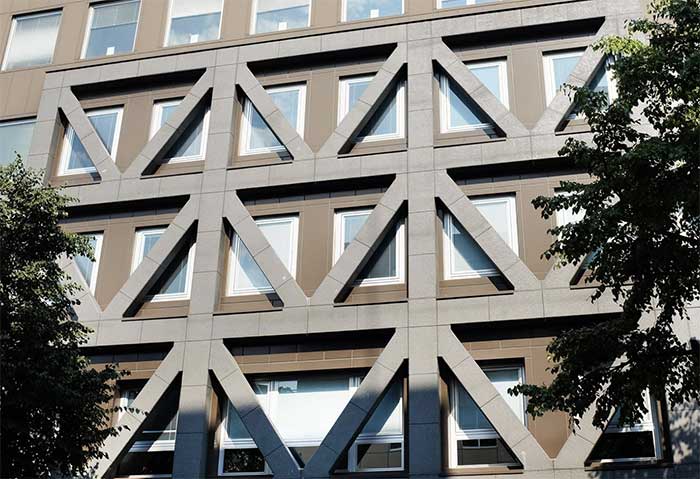
A reinforced building in Osaka, Japan, designed to withstand earthquakes. (Photo: Alamy).
From “mass dampers” that sway like pendulums inside skyscrapers to spring systems or ball bearings that allow buildings to sway independently of their foundations, construction technology has advanced significantly since the Great Kanto earthquake flattened much of Tokyo and Yokohama over a century ago.
However, these innovations primarily focus on a simple idea: flexibility gives structures the best chance of survival.
Miho Mazereeuw, an associate professor of architecture and urbanism at the Massachusetts Institute of Technology (MIT), stated: “You will see many buildings, especially hospitals and critical infrastructure, sitting on these rubber bearings so that the building can sway.”
“Conceptually, it all goes back to the idea that instead of resisting the movement of the Earth, you allow the building to move with it,” Mazereeuw explained.
This principle has been applied in Japan for centuries. For example, many traditional wooden temples in the country have survived earthquakes, even as modern architectural structures were destroyed. The Toji Temple, standing at 55 meters tall and built in the 17th century near Kyoto, is a famous temple that remained intact after the devastating Kobe earthquake in 1995, while many nearby buildings collapsed.

The 5-story pagoda from the 17th century at Toji Temple in Kyoto. (Photo: Alamy).
Traditional Japanese architecture shares many similarities with the architecture of neighboring countries like South Korea and China, though it is distinct in reflecting the higher earthquake risks in this country.
Notably, the superior survival rate of temples has long been attributed to “shinbashira” – central pillars made from tree trunks that Japanese architects have used for at least 1,400 years.
Whether anchored to the ground, resting on beams, or suspended from above, these pillars can bend and flex while the individual floors of the building move in the opposite direction to nearby floors. The result is a swaying motion—often compared to the movement of a slithering snake—that helps counteract seismic forces. This motion is aided by interlocking joints, loose braces, and wide eaves.
Learning from Tragedies
Buildings in Japan today may not look exactly like temples, but skyscrapers certainly do.
Until the 1960s, Japan imposed strict height limits of 31 meters due to earthquake risks, but architects were later allowed to construct taller buildings. Today, Japan boasts over 270 buildings taller than 150 meters, ranking fifth in the world.
By using steel frames to enhance the flexibility of rigid concrete structures, skyscraper designers have been further encouraged by the development of large counterweights and base isolation systems (such as rubber bearings mentioned earlier) that act as shock absorbers.
The real estate company that owns Japan’s tallest building, which opened in the Azabudai Hills area of Tokyo last July, claims that the building’s earthquake-resistant design features—including large dampers—will “allow businesses to continue operating” in the event of a powerful earthquake similar to the 9.1 magnitude Tohoku earthquake in 2011.
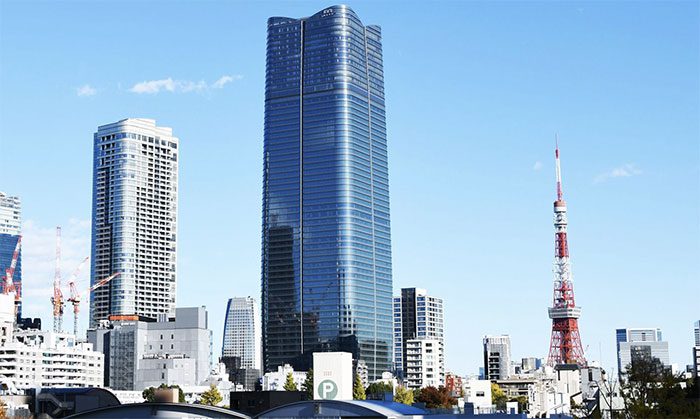
The tower in Azabudai Hills in Tokyo is now Japan’s tallest skyscraper, featuring earthquake-safe technologies. (Photo: Getty Images).
However, for many places in Japan without skyscrapers, such as Wajima, earthquake resistance primarily focuses on protecting conventional buildings like houses, schools, libraries, and shops. In this regard, Japan’s success heavily relies on both policy and technology.
First, Japanese architectural schools ensure that students are equipped with a foundation in both design and engineering.
According to Mazereeuw, “Unlike most countries, Japanese architectural schools integrate architecture with structural engineering. The two fields are always intertwined.”
Over the years, Japanese officials have also sought to learn from every major earthquake the country has faced by conducting detailed surveys and updating building regulations accordingly.
Associate Professor Mazereeuw noted that this process dates back at least to the 19th century. He cited the mass destruction of brick and stone buildings in the European style during the Mino-Owari earthquake in 1891 and the Kanto earthquake in 1923, which led to new city planning and urban building laws.
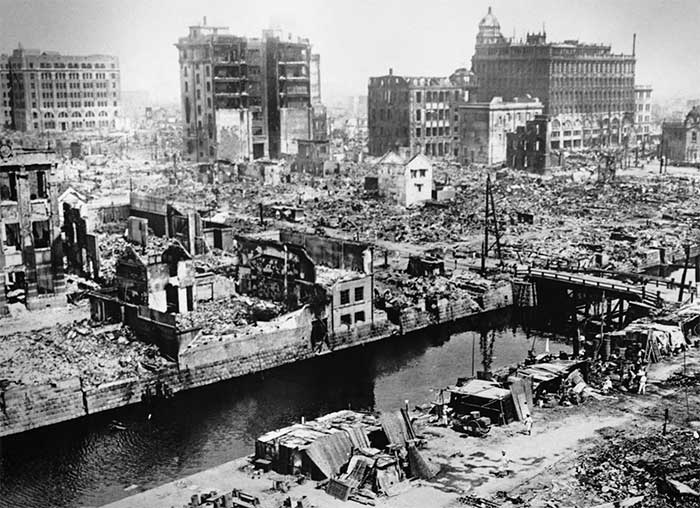
Tokyo devastated after the Kanto earthquake in 1923. (Photo: Getty Images).
Turning Point – the “shin-taishin” Code
The development of building regulations continued throughout the 20th century. However, it was not until a law introduced in 1981 named “shin-taishin” or “New Earthquake-Resistant Building Standard Revision”—a direct response to the offshore Miyagi earthquake three years earlier—that a significant turning point occurred.
Setting higher load-bearing requirements for new buildings and standards for greater “drift” (the number of floors that can shift relative to one another) along with many other issues, the new standards proved so effective that homes built to codes prior to 1981 became difficult to insure and substantially more expensive to insure.
The real first test of these regulations came in 1995 when the Great Hanshin earthquake caused widespread destruction in southern Hyogo Prefecture. The results were striking: 97% of the collapsed buildings were constructed before 1981.
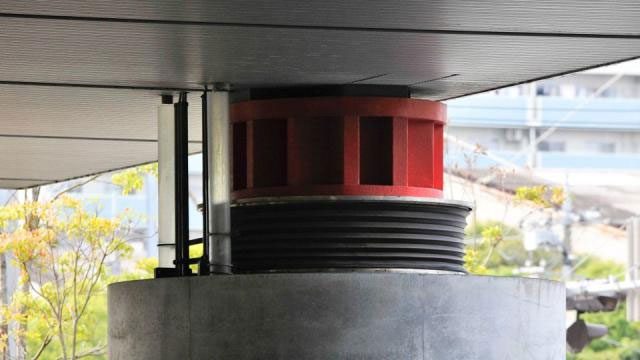
Seismic isolation system at the Shimizu Corporation research facility in Tokyo. (Photo: Bloomberg/Getty).
Innovation and Preparation
The earthquake in 1995 sparked a nationwide effort in Japan to retrofit older buildings to the 1981 standards. Since then, innovation has continued for decades, with Japanese architects often leading the way in seismic design.
For example, one of the country’s most renowned architects, Kengo Kuma, collaborated with the textile company Komatsu Matere in 2016 to develop a “curtain” made of thousands of braided carbon fiber rods to anchor the company’s headquarters—located approximately 120 km from the epicenter of the earthquake on January 2—down to the ground like a tent. More recently, Mr. Kuma also designed a kindergarten in southern Kochi Prefecture featuring a checkerboard-style earthquake-resistant wall system.
Elsewhere, leading Japanese architects such as Shigeru Ban and Toyo Ito have pioneered the use of cross-laminated timber (CLT).
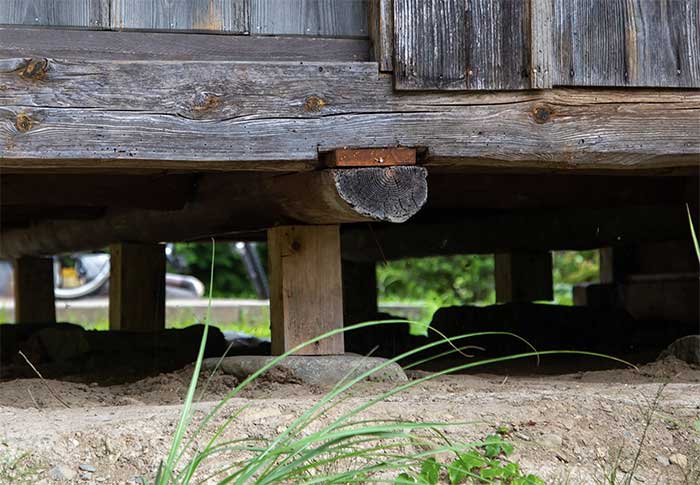
Seismic columns used in the design of traditional wooden houses in Miyama, Kyoto Prefecture. (Photo: Getty Images).
Advanced computer modeling also allows designers to simulate earthquake conditions and build accordingly.
Professor Geller from the University of Tokyo stated: “There are many tall buildings, and there have been extensive efforts to design them safely, but those designs are primarily based on computer simulations. We may not know whether those simulations are accurate until a major earthquake occurs.”
As a result, the question that has long plagued Japanese engineers and seismologists remains: What would happen if a major earthquake directly struck a city like Tokyo, which officials in the Japanese capital have warned has a 70% chance of occurring within the next 30 years?
“Tokyo is probably quite safe. But there’s no way to know for sure until the next major earthquake actually happens,” Mr. Geller added.


















































